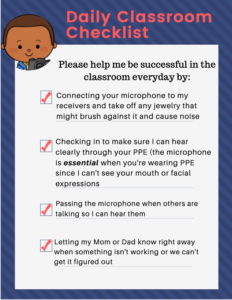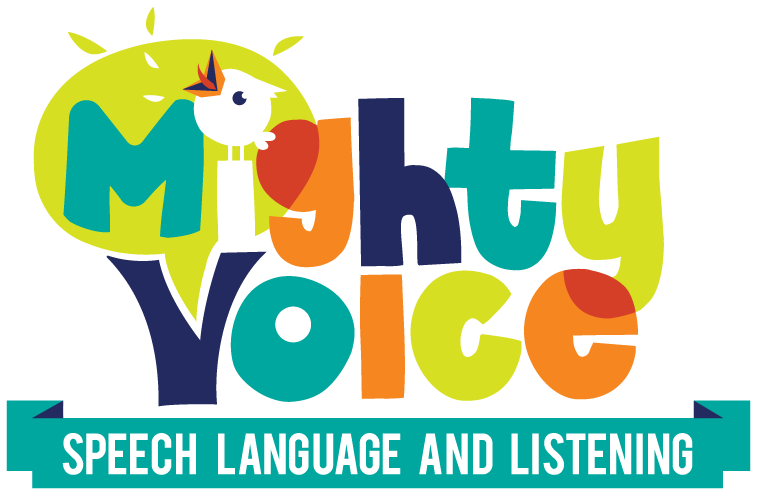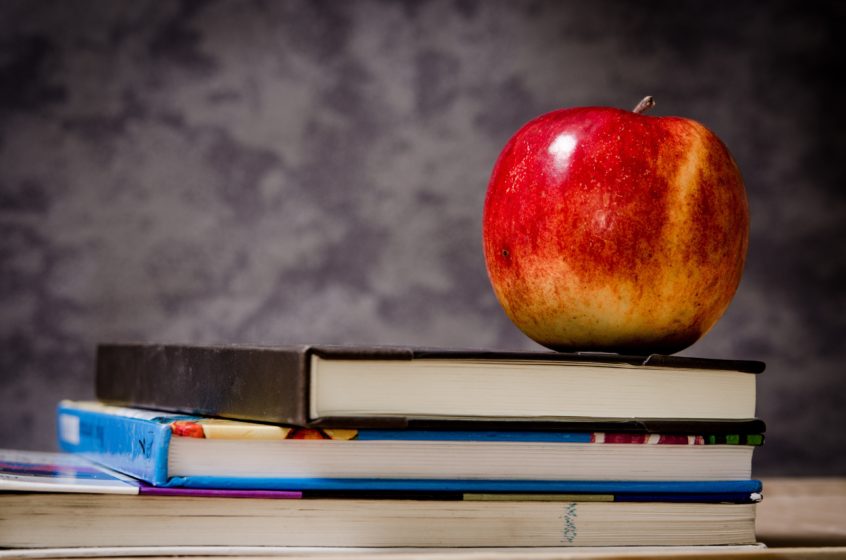When you’re the parent of a child with a hearing loss, there’s a lot more to getting ready to “go back to school” than just emptying your kid’s backpack from last year (hello, liquefied banana!) and repacking it.
You have to talk to the teacher, make sure your equipment is ready, and so much more. And this year? Well, you have to be ready to talk about PPE and distance learning…it can be a lot!
Which is why I like to help the families I serve in therapy create a Back to School Binder. We work on it together, update it yearly, and brainstorm anything we can take out, or new information we need to put in.
I’ll talk more in detail about the pieces we include below, but as you read through the list you might be thinking “Yeah, but my teacher already has that information!” You’re probably right. But your child’s teacher also has a full classroom, limited time and energy, and so we can do everything in our power to make key information and resources easily accessible.
Here’s what we include in the binder:
- A copy of the child’s one-pager with key information about their interests, strengths, and abilities
- A copy of contact information–make sure to list someone who will be available during the school day in case equipment isn’t working and you need to troubleshoot
- A copy of the child’s IEP (or at least the goals section)–again, we’re going for easy access here!
- A copy of the child’s audiogram, and a simple explanation of what that audiogram means (You can write your own, or include a page from something like the Parent/Self Advocacy handouts I have in my TPT store)
- A simple instruction sheet or guide to your child’s hearing technology–it doesn’t have to be the whole manual, but teachers might appreciate having a diagram of the parts and what the lights/buttons mean.
- A daily checklist for classroom success–this will change with the child’s age and abilities, but consider what must be done daily–Ling 6 sound checks, checking batteries, connecting remote mics, ensuring ability to hear through PPE (hello, 2020!) are all important.

Are you distance learning this year? While your “binder” might look more like a folder on Google™ Drive, it’s still important to share information and expectations with your child’s teacher. Since most of these documents can be created electronically, it should be pretty easy to send them.
Whether you’re an SLP, teacher of the deaf, or parent, take the opportunity during back to school time to do what you do best–advocate for your kids.

